Are you someone who loves nothing more than a day at the beach? Would you love to bring those coastal comforts home and make them an integral part of your new house’s design? A coastal façade is all about bringing the feel and joy of the sand and ocean to your home exterior. From organic textures to the right colour tone, we’re here to talk coastal facades!

What are the key design features of a Coastal facade?
A coastal facade is a fairly loose term that means your home features architectural details or a vibe that says coastal living. However, some key considerations will help give your house that beachy feel.
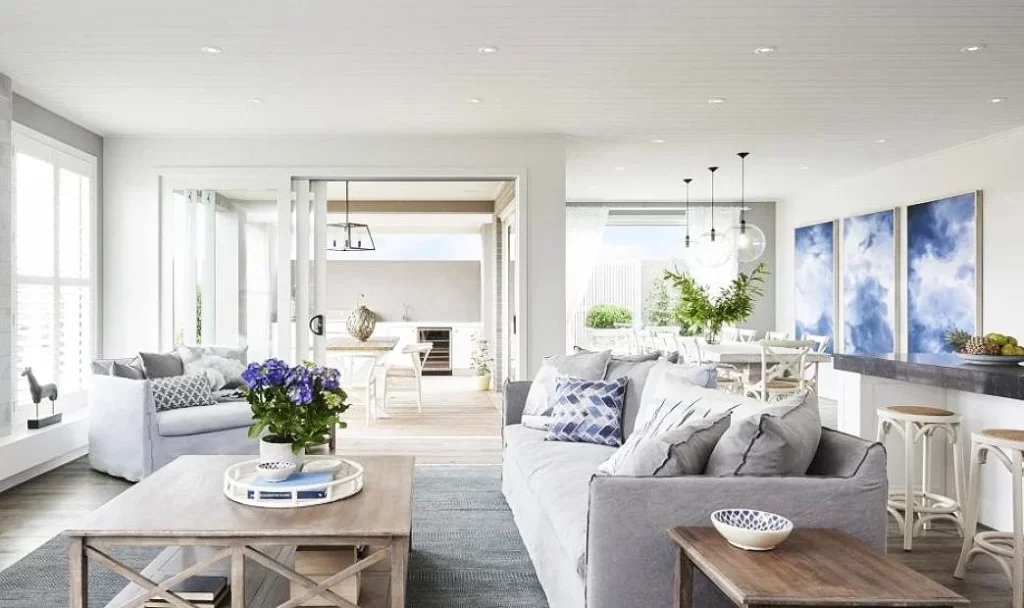
Coastal facade materials
Coastal designs tend to favour natural materials, such as timber, raw concrete or even stone. The coastal style isn’t as specific as Hamptons Style, so there’s some flexibility to what exactly you use. Horizontal weatherboard cladding remains have long been a popular look for contemporary coastal homes. Timber adds a natural feel to your home that works especially well in you’re building near the coast. There are plenty of other options, including PVC, fibre-cement, stone or even brick, that can be designed to provide a coastal feel.
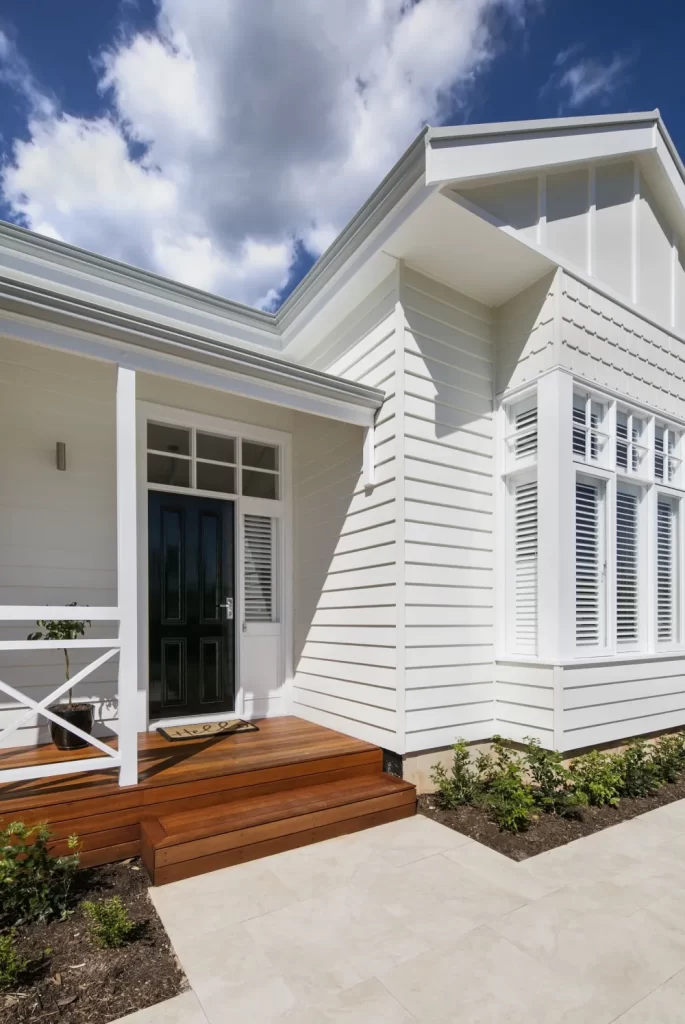
Coastal facade colours
When it comes to colours, many coastal facades favour a minimalist aesthetic. White is a popular colour, however, more vibrant colours including blue or green can be used as accent colours. Pastel shades of pink, light yellows and green can also create a striking look when done well. Whatever colours you choose, the most important thing is that they all work together and suit your home design.
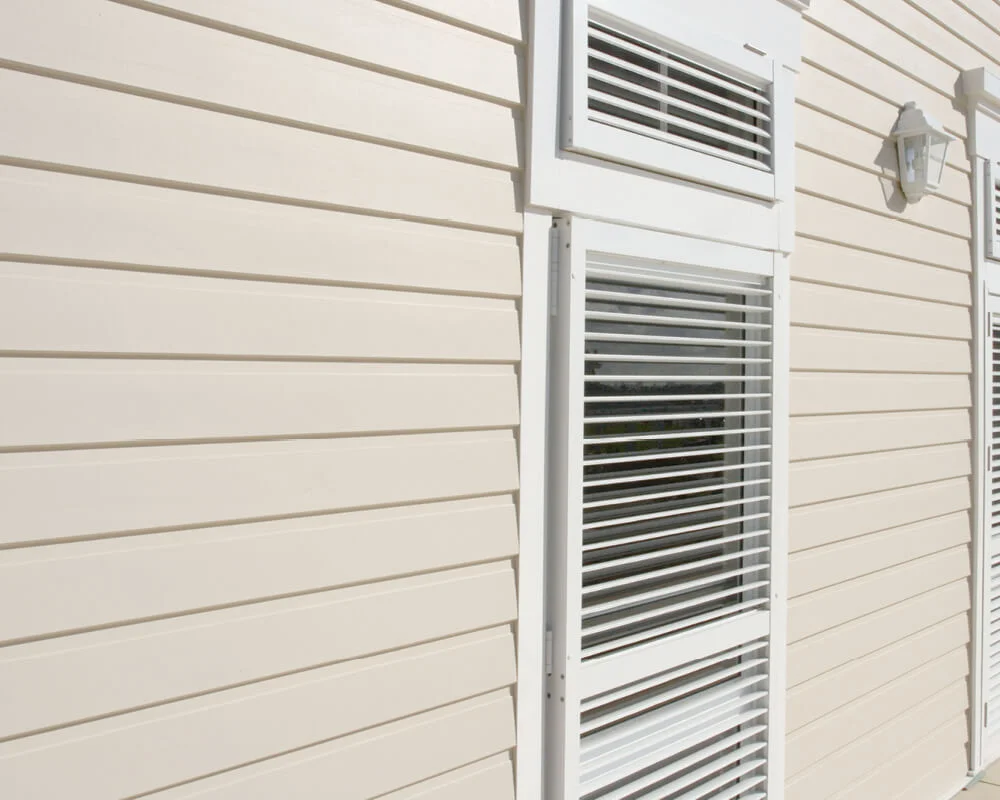
Coastal facade lighting
Most homes that have a coastal facade will have a focus on open living and making the most of natural light. The more natural light you can get into your home, the less reliant you’ll be on lighting fixtures, leading to lower energy bills. Coastal facades often make use of large windows and glass doors well placed to work with the sun’s orientation.
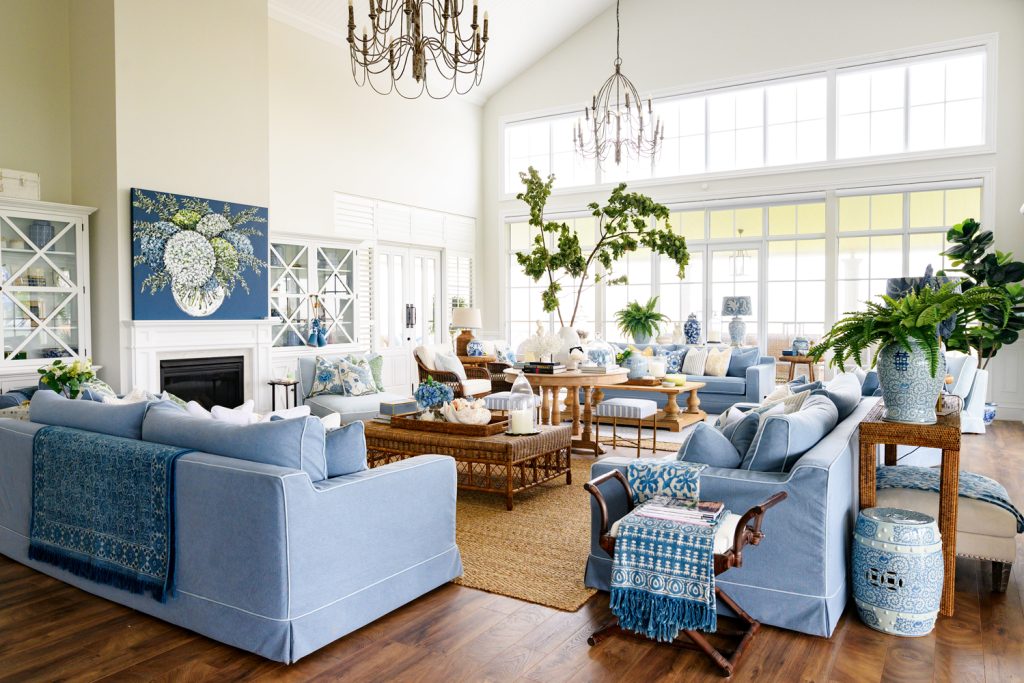
Coastal facade texture
Modern coastal home designs feature clean lines, horizontal lines on the cladding and colours that embrace nature. Many homeowners want a certain elegance to come from their design combination, but others choose a more rustic feel (or they combine the two).
Other common Coastal facade features
There are a few decorative elements that add to the other coastal comforts and touches including:
- Wicker or soft furnishings
- Plants
- Pastels
- Plantation shutters.
- Verandahs.
Coastal design inspiration from Australian home builders
Monash by Coral Homes

Greyson by Brighton Homes
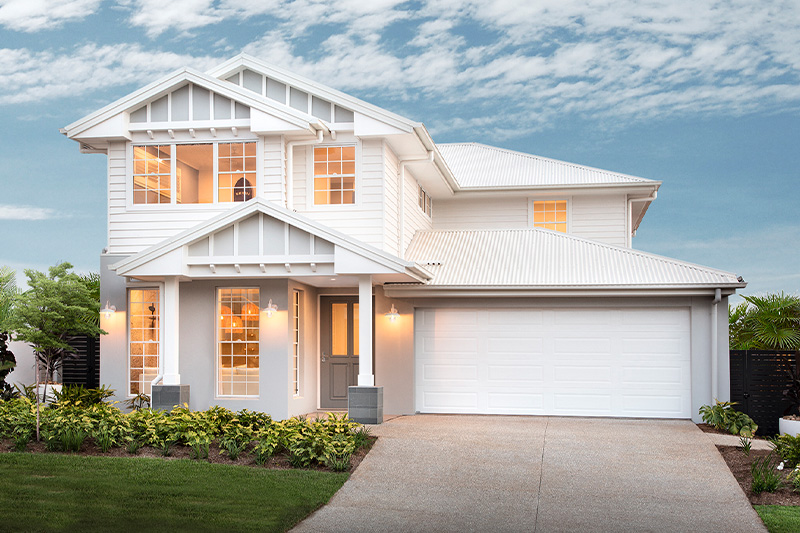
Panorama by McDonald Jones Homes

What are the benefits of a Coastal facade?
Relaxing, chilled atmosphere: The idea behind giving your home a beachy atmosphere is to try to capture some of that relaxation, chilled-out feeling you get from a day at the beach.
Can be done on a budget: Though beach houses are associated with luxury, it’s possible to have a coastal influence on your home without breaking the bank.
Versatile: Coastal design is popular with a wide range of homes including family homes, modern houses and investment homes.
A popular style in Australia: If you’re planning to sell your property down the line, a coastal facade is one of the safer bets, especially if you’re building in the right location.

What are the drawbacks of a Coastal facade?
Won’t suit all areas: As the name suggests, a coastal facade will best suit a structure somewhere near the sea, but you could take elements and make them work in a rural setting.
Not as bold as other designs out there: Coastal designs aren’t the most statement-making look out there, so if you’re after a bolder look, try a different design.
Wood is vulnerable to certain issues: If you stick with using timber for your home, it’ll be more likely to experience problems with mould, termites and rot.

Are Coastal facades sustainable?
Whether your home is sustainable depends on two key factors:
- Is the material used and the methods employed during the building process eco-friendly?
- Does the design of the house encourage long-term sustainability?
If you can answer yes to the above questions, you’ll be much closer to having a sustainable home.
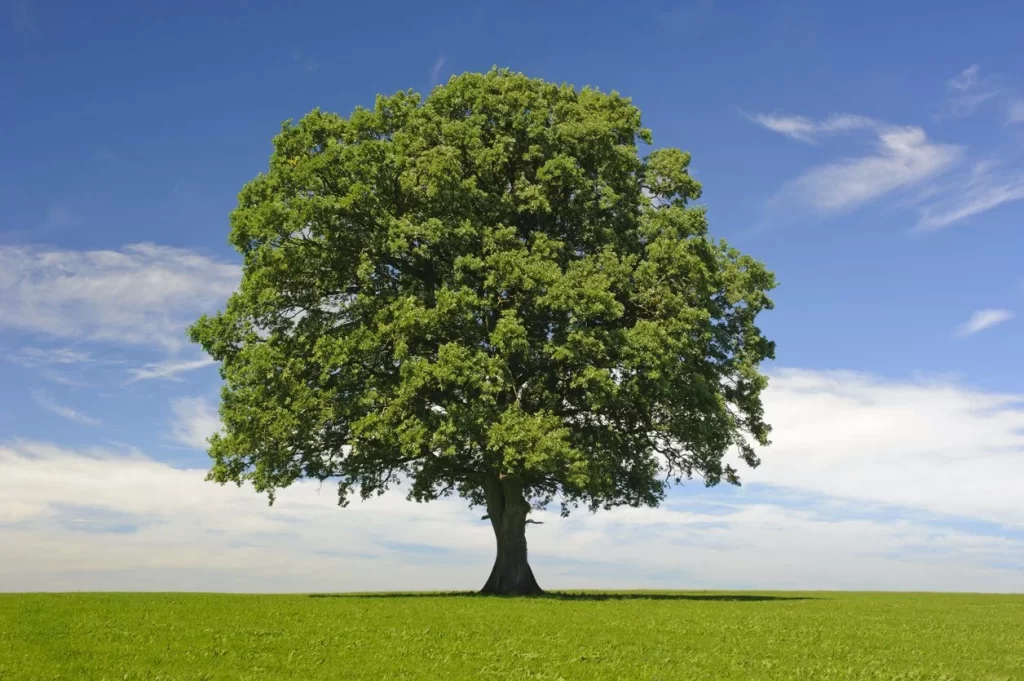
How much maintenance and cleaning is required for a Coastal facade?
If your beach house is actually near the beach, you’ll need to remember there is a higher chance of salt erosion, which is of particular concern if you have a steel frame or metal in your home. The higher level of moisture can also affect timber cladding leading to issues with mould, rot and serious structural damage. Be sure any timber you use has been treated and also, if you see any signs of the above issues, fix them sooner rather than later.
Are there any specific building codes or regulations for Coastal facades that I should be aware of?
Whatever type of home you’re building will need to follow the guidelines set out in the National Construction Code. Any builder you hire is legally required to follow this code, and if they’re happy to ignore it, that’s probably not going to end well for anyone.
Other rules and regulations you need to be aware of are any local council laws or covenants put in place by your developer. If you’re ever in doubt about the specifics of what you’re allowed to do with your home design, it’s always worth double-checking.
Our tips for choosing a facade for your new home
- What is your ultimate goal? Is this house your forever home or an investment you plan to eventually resell or rent out? Whether the exterior is for your taste or the open market can influence the best approach to choosing your house’s exterior.
- Consider your surrounding neighbourhood and environment. Ideally, your home will be unique while still fitting in.
- Take into consideration the climate you’re building in.


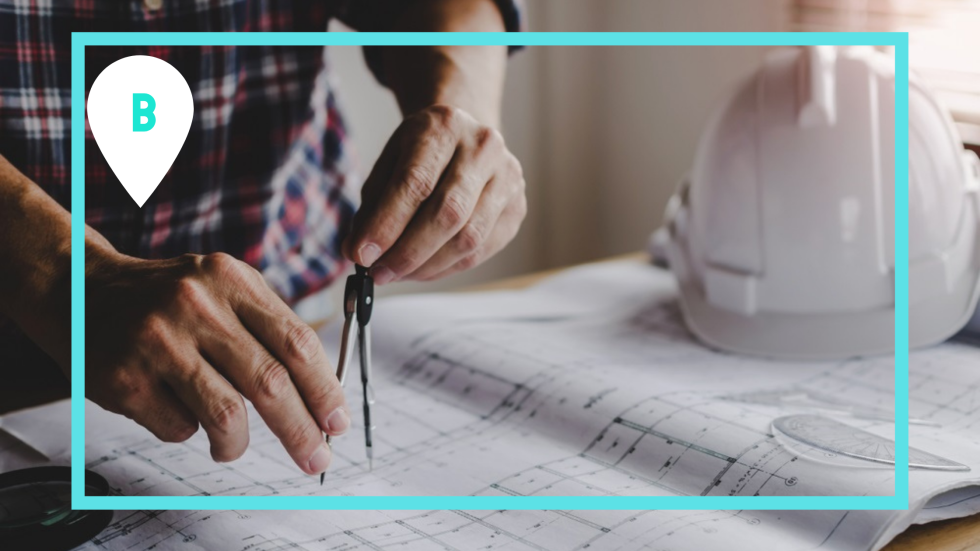
0 Comments